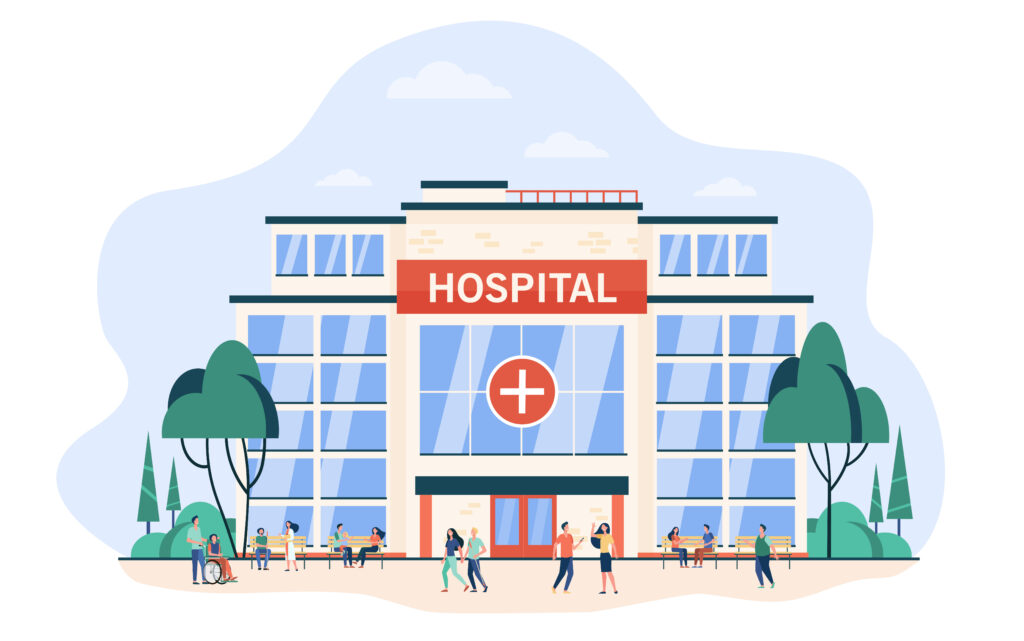medical practice
CategoryFrom Diagnosis to Discharge: AI’s Full Impact on Patient Experience
AI technology reshapes the healthcare scene by enhancing patient experience at a remarkable pace. The global AI healthcare market will reach $95.65 billion by 2028. This expansion arrives at a significant time as healthcare faces a projected short…
The Warning Signs Your Medical Practice Is Losing Money
Recent data shows 90% of medical practices watched their costs grow faster than revenues in 2022. This trend highlights how essential it is to track your practice’s financial health. All but one of these practices struggled to keep up with rising …
HIPAA Security Rule Changes 2025: What Your Healthcare Practice Must Know Now
Healthcare data breaches have exploded over the last five years. The number of affected people rose by a staggering 1002% between 2018 and 2023. More than 167 million people faced the consequences in 2023 alone. This crisis has pushed the HIPAA Se…
GLP-1 Thyroid Cancer Risk: What New Research Reveals for Physicians
New research shows that GLP-1 receptor agonists (GLP-1RAs) are linked to a increased risk of thyroid carcinomas. The hazard ratio stands at 1.58 (95% CI: 1.27-1.95) after 1-3 years of use. On top of that, these medications raise the risk of medull…
How Streamlining Hospital Processes Can Lead to Improved Patient Outcomes
We’ve all worked our way through the slow-moving bowels of the American healthcare system at one point or another. Maybe you had to fight your way to an appointment with a specialist who is apparently booked out six months in advance. Maybe you ne…
How to Thrive in a Physician Shortage: Opportunities and Challenges
As we enter 2025, the healthcare industry is grappling with a significant challenge: a growing physician shortage. This shortage, driven by an aging population, increasing demand for healthcare services, and a wave of retirements among current phy…
Building Confidence and Efficiency in Patient Care: Advice for New Healthcare Providers
Recently, a student following me at our clinic remarked on how quickly I could move through patients during the day. “You see about 60 people daily, and while it doesn’t seem like you are rushing them through, I don’t think I could ever …
The Role of Social Determinants in Health Outcomes
Social determinants of health (SDOH) are the conditions in which people are born, grow, live, work, and age. These factors significantly impact health outcomes and contribute to health disparities within communities. Understanding the role of soci…
Navigating the Shift to Value-Based Care: Implications for Healthcare Professionals
The healthcare industry is undergoing a seismic shift from the traditional fee-for-service model to value-based care (VBC). This transition is not just changing how healthcare is delivered and reimbursed; it’s fundamentally altering the roles and …
Is Telehealth Successfully Benefiting Health in Rural Communities?
Telehealth has emerged as a powerful tool in healthcare over the last decade. Essentially, this practice is characterized by the use of digital technology in the reception of healthcare support.
One demographic of people many believe telehealth…










